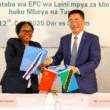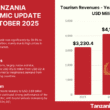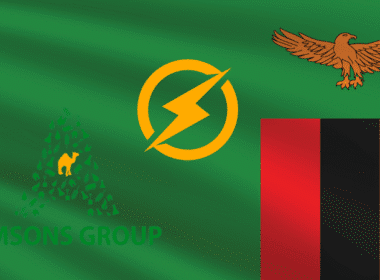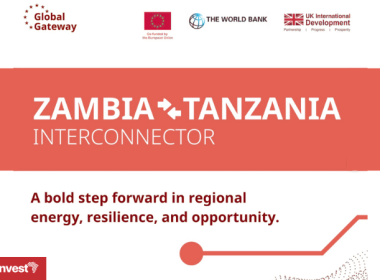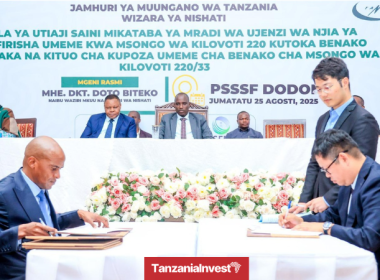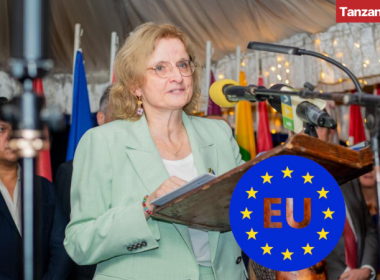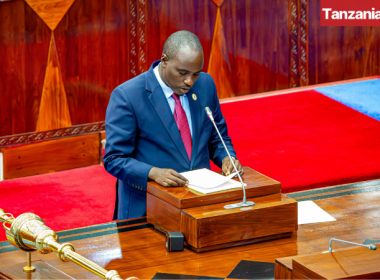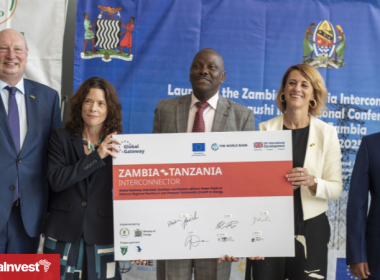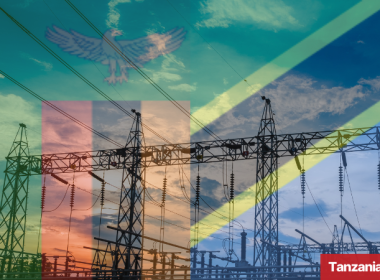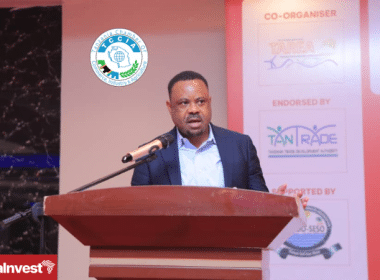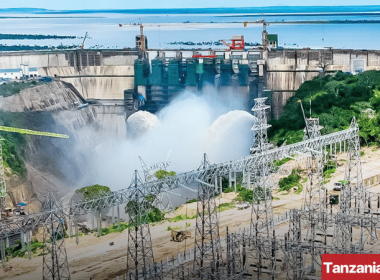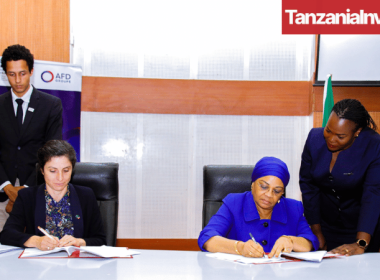Power

Tanzania Power
Tanzania is endowed with diverse power sources including biomass, natural gas, hydro, coal, geothermal, solar, wind, and uranium, much of which is untapped. Tanzania’s total power installed capacity is 1,938.35 MW as of 31st December 2023.
Tanzania Power Production and Demand
Of the grid installed capacity of 1,899.05 MW, 1,193.82 MW or 63% is produced with natural gas, 601.60 MW or 32% is hydropower, 83.93 MW or 4% is produced with fuel, and 10.5 MW or less than 1% is obtained with biomass.
The vast majority of the power is produced by TANESCO, which operates 8 natural gas power plants, 7 hydropower plants, 2 heavy fuel oil plants, and 7 small gas oil power plants, as of 2022.
The current maximum demand was recorded in August 2023 at 1,482.80 MW. The Tanzania Electric Supply Company (TANESCO) estimates that the power demand is growing at a rate of 10-15% per year.
The Tanzanian government aims to elevate its power generation capacity to 5,000 MW by 2025, with the completion of the Julius Nyerere hydropower project with a capacity of 2,100 MW and increased use of natural gas.
Tanzania Power Distribution
The generation, transmission, and distribution of power in Tanzania, is channeled through TANESCO, which is fully owned by the government and is responsible for 98% of the electricity produced in the country.
As of June 2022, the power distribution network length was 160,811km, of which 160,367 km was for TANESCO and 444 km for Mwenga. In addition, the 596 km line length was for smaller registered entities.
Last Update: 8th February 2024

